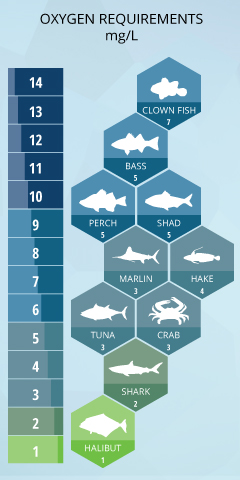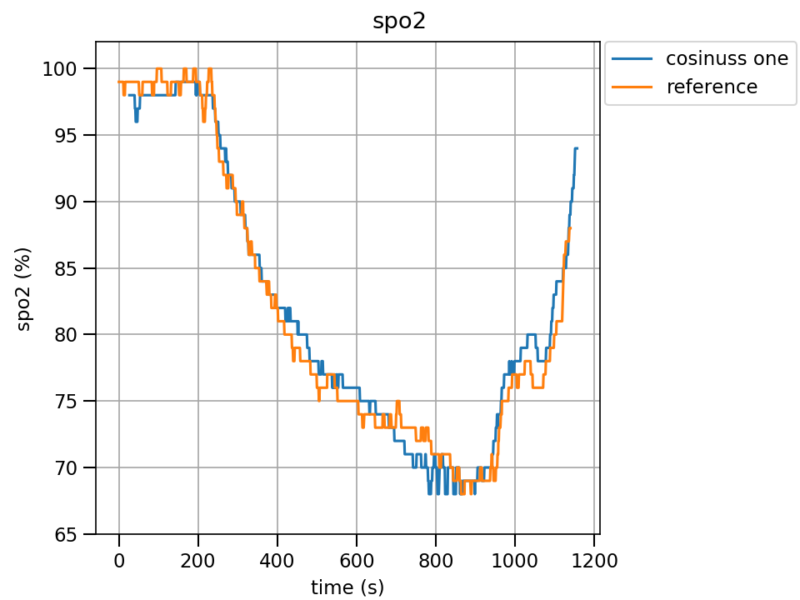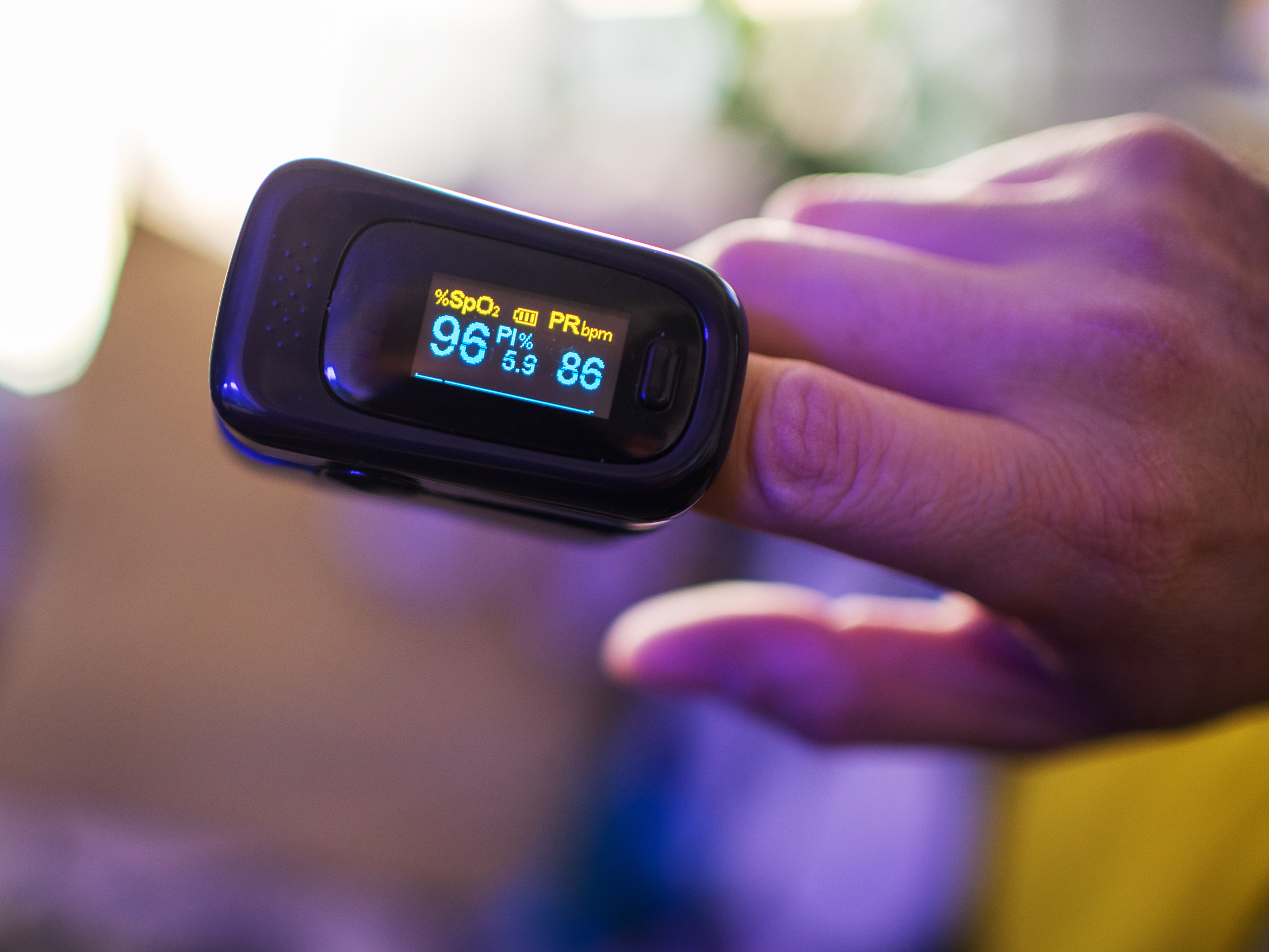- Normal Oxygen Level In Air
- When Is Your Oxygen Level Too Low
- Is 92 Oxygen Level Low
- Normal Oxygen Level In Blood
Normal and Abnormal Blood Oxygen Levels During Sleep
Any value of blood oxygen level bellow 92% is abnormal. However, the number of desaturations and the time spent with abnormal oxygen levels is important. For example, if you only desaturated below 92% once or twice during a 7 hour sleep, and the desaturation level lasted only a couple of seconds, it's not a reason for worry. How do Oxygen levels and my lung function work. My lung function is 38%, but my oxygen levels stay on the 90's. With any exertion my body becomes &hellip.
Low sleep apnea oxygen level is a sign that your treatment for sleep apnea is not effective.
Patients with breathing problems during sleep (sleep apnea, COPD) often have low oxygen levels in their blood.
Keep in mind that anything below 90% oxygen level is dangerous to your body and require intervention. Another thing to consider is that the brain can only survive 4 minutes once oxygen is completely cut off.
In this page you'll learn:
- What should your oxygen level be during sleep,
- How sleep apnea affects the oxygen levels in your blood,
- How oxygen levels affect your body,
- The link between pregnancy and low oxygen levels in obese women,
- How to monitor oxygen saturation levels,
- What is the best finger oximeter to monitor blood oxygen levels,
- How to treat sleep apnea oxygen level.
Oxygen Levels During Sleep Apnea
In sleep, the upper airway muscle tone of the patients with sleep apnea tends to narrow and collapses temporarily. When this happens, the breathing stops accompanied by a drop in blood oxygen levels and arousal from sleep.

The low oxygen levels during sleep can make you feel very tired in the morning and will contribute to more restless sleep.
Furthermore, when the oxygen levels start to drop, the carbon dioxide levels build up in your blood. This can lead to morning headaches, fatigue and sleepiness during the day.
Scientific Proofs - Oxygen Levels Decreases During Apneas
Even the most recent studies (2012) demonstrates the link between sleep apnea and oxygen desaturation. That's why the oximeter is an important tool in clinical assessment.
With a finger pulse oximeter you can monitor yourself to see how effective is CPAP (you'll learn how to do this bellow). The device can also be used to diagnose sleep apnea, but only if you use a quality product.

For more information on how to use an oximeter to diagnose sleep apnea, read the portable pulse oximeter article.
How Does Sleep Apnea Oxygen Level Affect the Body?

Any value of blood oxygen level bellow 92% is abnormal. However, the number of desaturations and the time The fall of the dungeon guardians - enhanced edition for mac. spent with abnormal oxygen levels is important.
For example, if you only desaturated below 92% once or twice during a 7 hour sleep, and the desaturation level lasted only a couple of seconds, it's not a reason for worry.
Your body will be seriously affected when you'll have long term low oxygen levels. This can lead to:
- heart rhythm problems,
- increasing pressure on the right side of the heart,
- fluid build up in the body,
- heart failure,
- stroke.
Increasing the pressure on the right side of the heart
The right side of the heart has the role of pumping blood through the lungs, which requires a much lower pressure.
A higher pressure can lead to severe fluid buildup in the body that can cause life-threatening shortness of breath, heart failure and even death.
Please call your doctor urgently if you experience chest pain or shortness of breath that is not relieved by rest.
Monitoring Your Blood Oxygen Levels
If your doctor discovers that your blood oxygen level (oxygen saturation) is less than about 90% during the day (when you are resting), then your oxygen levels are probably dropping during the night. This means that you have sleep apnea, or other respiratory disorders, like UARS.
Your doctor may recommend overnight monitoring of your oxygen levels using am oximeter. In a sleep study, you usually have the oximeter attached on the finger.
You can use a portable oxygen saturation monitor or oximeter, a cool little device that can record your sleep apnea oxygen level and pulse rate during sleep. A medical approved oximeter is truly a great tool to see how well CPAP is working for you.
A tip before buying an oximeter: you would do well to invest in a recording oximeter with software. You can upload your data in a computer, and you can go to your sleep specialist with the results.
See an example in the followingvideo:
For more info about sleep study for sleep apnea, see sleep studies.
So, if you have a low blood oxygen level, follow up with the sleep study as soon as possible.
Continued drops in O2 levels will cause damage to cognitive function, short term memory, stroke and heart attack in your sleep, and a host of other problems.
Oxygen Levels in Pregnant Women
Overweight women who are pregnant or women who gain too much weight during pregnancy are at a higher risk of developing sleep apnea. This can cause a drop in blodd oxygen levels during sleep which can create complications for the baby. Just fishing: westfall pack for mac.
So if you are overweight or gained a lot of weight during pregnancy, speak with your doctor to investigate if you have sleep apnea.
For more info about obesity, see sleep apnea and obesity.
Improving Sleep Apnea Oxygen Level
Patients with sleep apnea are usually treated with CPAP machines. If apnea episodes disappear, the oxygen levels will improve to normal levels.
How often should you use the CPAP?
If your doctor prescribed CPAP therapy, you should NEVER go a night EVER without a CPAP on or even take a nap without one.
More strategies to treat sleep apnea:
If your oxygen saturations drop significantly and persist during the night, you may benefit from overnight oxygen delivered by nasal masks or nasal prongs.
CPAP and Oxygen Levels During Sleep
Tentacle girl crack. You can have low oxygen levels during sleep even if you use the CPAP. This means that your CPAP doesn't have the desired effect.
That's why is important to monitor your oxygen and pulse rate.

To keep a better eye on your sleep apnea oxygen level you might consider purchasing a finger pulse oximeter.
Remember: don't use inferior equipment to measure your well-being and don't change anything without checking that information with a second opinion or proper equipment.
Sleep Apnea › Sleep Apnea Side Effects › Sleep Apnea Oxygen Level
How does COVID-19 lower a person’s oxygen levels?
Normal Oxygen Level In Air
Many people with COVID-19 have low levels of oxygen in their blood, even when they feel well. Low oxygen levels can be an early warning sign that medical care is needed.
What is a pulse oximeter?
A pulse oximeter measures how much oxygen is in someone’s blood. It is a small device that clips onto a finger, or another part of the body. They are used often in hospitals and clinics and can be bought to use at home.
When Is Your Oxygen Level Too Low
Many people consider oxygen level an important sign of how well a body is working, just like a person’s blood pressure or body temperature. People who have a lung or heart condition may use a pulse oximeter at home to check how they are doing, as directed by their health care provider. People can buy pulse oximeters without a prescription at some pharmacies and stores.
Can a pulse oximeter tell if someone has COVID-19 or how well they are doing if they have it?
We do not recommend using a pulse oximeter as a way to tell if someone has COVID-19. Get tested if you have signs of COVID-19 or if you have been close to someone who has it.
Is 92 Oxygen Level Low
If someone has COVID-19, a pulse oximeter may help them keep watch over their health and to know if they need medical care. However, while a pulse oximeter may help someone feel like they have some control over their health, it does not tell the whole story. Oxygen level measured by a pulse oximeter is not the only way to know how sick someone is. Some people may feel very sick and have good oxygen levels, and some may feel OK, but have poor oxygen levels.
Pulse oximetry results may not be as accurate for people with darker skin. Their oxygen levels are sometimes reported as higher than they really are. People who check their own oxygen levels, or those who check it for them, should keep this in mind when looking at results.
Oxygen levels may be low if someone feels short of breath, is breathing faster than usual, or feels too sick to do their usual daily activities, even if a pulse oximeter says their oxygen levels are normal. Call a doctor or another health care provider right away if you have these symptoms.
Normal Oxygen Level In Blood
What are normal readings?
A normal level of oxygen is usually 95% or higher. Some people with chronic lung disease or sleep apnea can have normal levels around 90%. The “SpO2” reading on a pulse oximeter shows the percentage of oxygen in someone’s blood.
If your home SpO2 reading is lower than 95%, call your health care provider.
